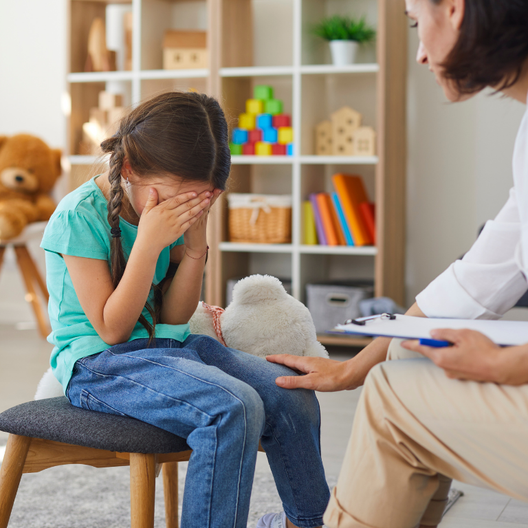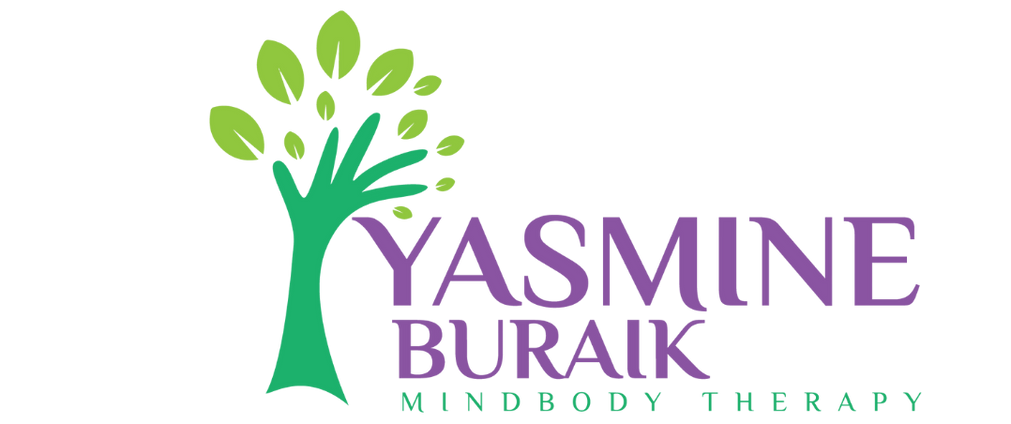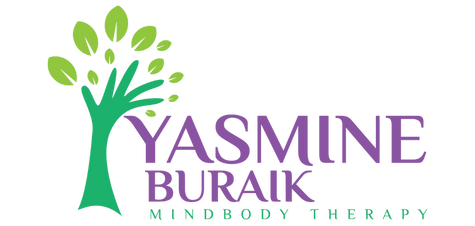
The Brain House is a method to teach children and parents about the brain. The Brain House language allows kids to understand their various emotions and talk more freely about their mistakes because it’s a judgment-free, playful language that enables everyone to express and discuss feelings as separate parts (psychologists also call this “externalizing”).
We tell children that their brains are like a house with an upstairs and a downstairs. Typically, the upstairs characters are thinkers, problem-solvers, planners, emotion regulators, designers, and flexible, empathetic types.
The downstairs characters focus heavily on keeping us safe and ensuring our needs are met. Our survival instincts originate here. These characters scan for danger, sound the alarm, and make sure we’re ready to fight, flee, or hide when we face a threat.
You can name the upstairs and downstairs characters whatever you like, as long as you and your child know who (and what) you’re talking about. Try coming up with your own names: boys’ or girls’ names, animal names, cartoon characters, superhero names, or entirely local personalities. You might want to pick characters from movies or books they love. The key is finding your unique shared language for these brain functions.
Our brains work best when the upstairs and downstairs characters collaborate. Imagine the staircase connecting the upstairs and downstairs bustling with characters carrying messages up and down to each other. This helps us make good choices, build friendships, get along with others, come up with fun games to play, calm ourselves, and get out of tough situations.
Sometimes, the downstairs characters “flip the lid” because they’ve detected danger that requires sounding an alarm to prepare the body for it, ordering the downstairs to take charge. The downstairs brain “flips the lid” (as Dan Siegel puts it) on the upstairs brain. This means the staircase that usually lets the upstairs and downstairs work together is no longer connected.
When everyone in the Brain House is making noise, it’s hard for anyone to be heard. The controlling character—let’s call them “Imad the Mighty,” for example—keeps the upstairs brain calm so the downstairs crew can prepare our bodies to face danger.
The “shoes” refer to other body parts that need to be activated (or turned off). Our heart might need to beat faster so we can run super quick, or our muscles might need to gear up to fight as hard as we can. We might also need to tell parts of our body to stay very still so we can hide from danger. “Imad the Mighty” does all this in seconds to keep us safe.
There may be times when we flip the lid but still need help from upstairs characters like “Abu the Wise” or “Mohammed the Calm” to assist us. The upstairs characters can function properly again once we’re out of the danger zone.
We all flip the lid sometimes, but kids tend to do it more often than adults. In children’s brains, “Imad the Mighty” can get a little overexcited and hit the panic button, causing meltdowns or tantrums over tiny things because the upstairs part of a child’s brain is still under construction. In fact, it won’t be fully built until their mid-20s.
Once you’ve got all the characters in the Brain House, you have a shared language to help your child learn how to regulate their emotions. For example, “It looks like ‘Imad the Mighty’ might be ready to sound the alarm. Can you see if ‘Mohammed the Calm’ upstairs can send a message saying, ‘Take a deep breath’?”
Understanding the Brain House also helps parents recognize how to respond to their kids when they’re overwhelmed by fear, anger, or sadness. However, what we know about the Brain House is that “Mohammed the Calm” lives upstairs, and when “Imad the Mighty” flips the lid, Mohammed can’t do much to help until the lid is back on. Sometimes, a child passes the point where they can calm themselves down. In those moments, parents (or teachers or caregivers) need to help kids put the lid back on, which we can do with empathy, patience, and often by taking a deep breath ourselves!
Ultimately, it’s about empowering kids to learn effective ways to manage big emotions, and part of those conversations will involve things that went wrong. If kids feel able to talk to you about their mistakes, you get the chance to join their upstairs minds and problem-solve together. This doesn’t mean they escape consequences or avoid responsibility.
The Method
Don’t expect to move all the characters into the Brain House and unpack them in one day; moving into a house takes time, and so does learning about minds. Start the conversation and revisit it. You might want to find creative ways to explore the Brain House with your child. Here are a few ideas to get you started:
- Draw the Brain House and all its characters.
- Draw a picture of what the house looks like when the downstairs flips the lid.
- Find a funny kids’ magazine or book, cut out characters, and paste them into the downstairs and upstairs.
- Write stories about the adventures of the Brain House characters.
- Use a dollhouse (or if you don’t have one, two shoeboxes stacked on top of each other work too) and fill it with upstairs and downstairs characters.
This idea comes from Dr. Dan Siegel and Tina Payne Bryson’s book The Whole-Brain Child. It’s a genuinely simple way to help kids think about what’s happening inside their heads.

